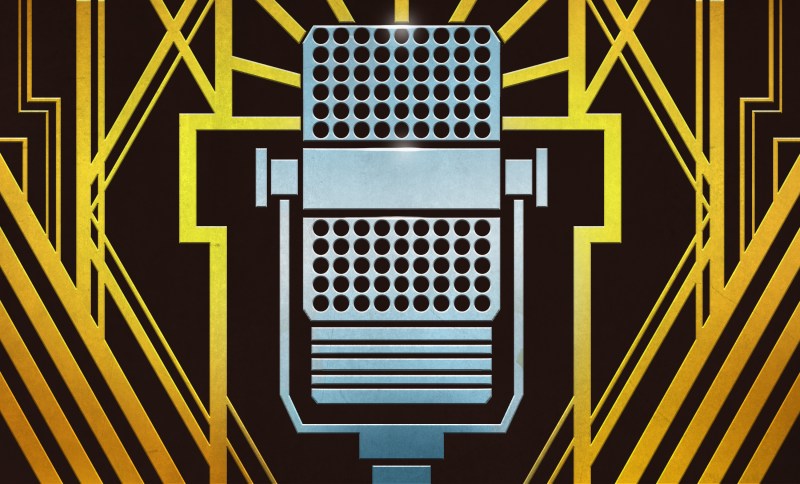

Hackaday Podcast Episode 264: Cheap Minimills, 65-in-1 Electronics, And Time On...
source link: https://hackaday.com/2024/03/29/hackaday-podcast-episode-264-cheap-minimills-65-in-1-electronics-and-time-on-moon/
Go to the source link to view the article. You can view the picture content, updated content and better typesetting reading experience. If the link is broken, please click the button below to view the snapshot at that time.
Hackaday Podcast Episode 264: Cheap Minimills, 65-in-1 Electronics, And Time On Moon
Hackaday Podcast Episode 264: Cheap Minimills, 65-in-1 Electronics, And Time On Moon

It was Dan’s turn behind the mic with Elliot this time as we uncovered the latest from the world of hacking, and what an eclectic mix it was. It was slightly heavy on machining, with a look at mini-mills that are better than nothing, and a DIY DRO that’s A-OK. We also kicked the nostalgia bucket over — whatever that means — and got a new twist on the old “65-in-1” concept, found hidden code in 80s music, and looked at color TV in the US and how it got that way. We’ve got ample alliteration about grep, thoughts about telling time on the Moon, and what does Canada have against the poor Flipper Zero, anyway?
Grab a copy for yourself if you want to listen offline.
Episode 264 Show Notes:
News:
What’s that Sound?
- Random Number Generator, if you need one
- The sound was a fishing reel. 80 people guessed it correctly, but congrats to [Spike Snell] who gets the t-shirt!
Interesting Hacks of the Week:
Quick Hacks:
Can’t-Miss Articles:
Post navigation
5 thoughts on “Hackaday Podcast Episode 264: Cheap Minimills, 65-in-1 Electronics, And Time On Moon”
-
Dude says:
One “un”-intended advantage of how color TV was engineered back in the day: when the reception goes down, you’ll still be able to make out the B&W signal even if the color carrier is messed up. The signal would degrade more gracefully. Instead of getting a whole bunch of colorful static, you had a little bit of static and the image would de-saturate. The effect on signal quality was far less noticeable.
-
Elliot Williams says:
Was it unintended?
Because, as you say, the split into brightness, hue, and saturation is very useful even today. YUV encoding with most of your bit depth in the Y channel is surprisingly effective.
-
Dude says:
Well, first and foremost, it was the system they had to build around. Brightness was first and it had to be there, and it got the most bandwidth because of how the old system worked.
So the fact that they had to make it backwards compatible also had the lucky coincidence that it became more fault tolerant. If they had designed it all over, they probably would have put equal emphasis on the color information to get better fidelity out of it, with the consequence that degrading signal quality would degrade the entire picture rather than just the color.
-
Dude says:
More to the point, the idea of splitting the information into YUV came from that experience. We now know that it’s a good idea, because of how well it turned out back then.
-
-
-
Clovis Fritzen says:
Listening now
Leave a ReplyCancel reply
Please be kind and respectful to help make the comments section excellent. (Comment Policy)
This site uses Akismet to reduce spam. Learn how your comment data is processed.
Search
Search for:Subscribe
By using our website and services, you expressly agree to the placement of our performance, functionality and advertising cookies. Learn more
![]()
Recommend
About Joyk
Aggregate valuable and interesting links.
Joyk means Joy of geeK

